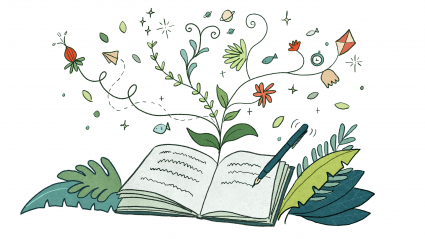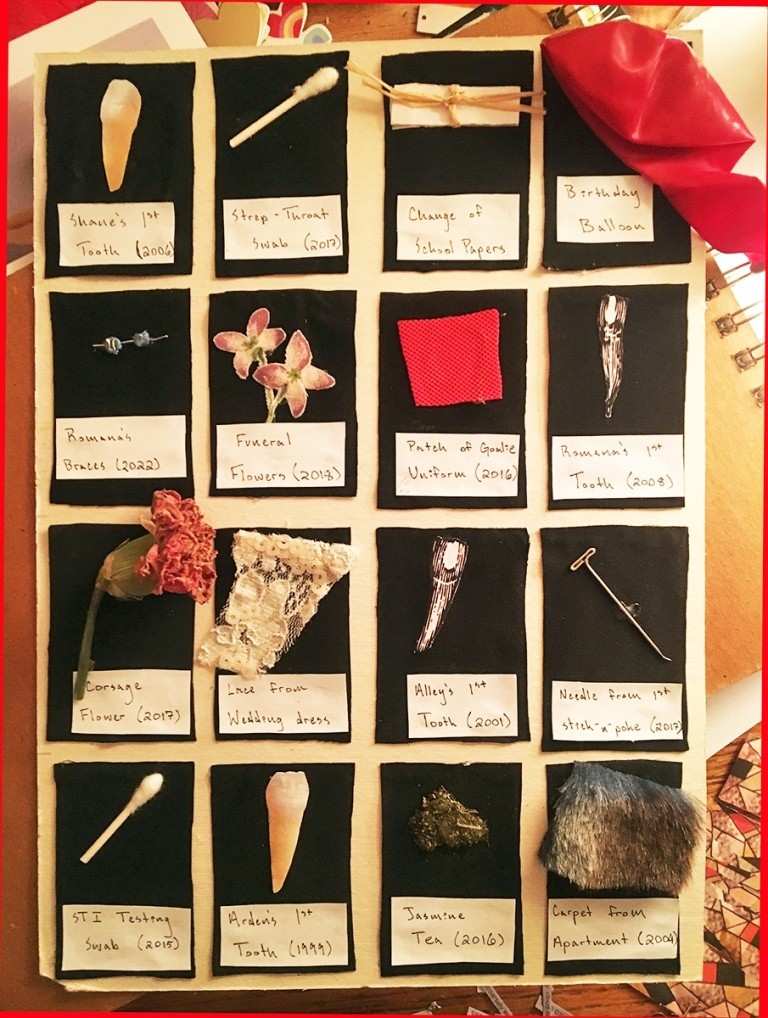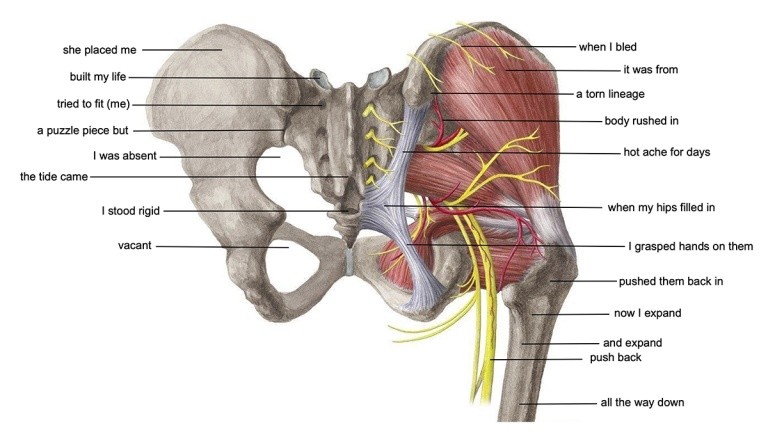Remote Learning with Samuel Ace: The Importance of Connection
Samuel Ace is a visiting lecturer in the English department. This semester, Ace, an award-winning poet, is teaching Introduction to Creative Writing and Poetry and Image: Formations of Identity, an advanced poetry seminar. He spoke with Sasha Nyary on April 8, 2020.
5/8/20: The online exhibition for Ace's Poetry and Image seminar is now live.
On the synchronous and asynchronous classroom
In some ways, the transition has not been difficult. My students are used to using Moodle to work on assignments or prompts that were started and talked about during class. Assignments are closely aligned with the readings and posts in Moodle forums. I’ve brought in visiting writers a few times during the semester most times over Zoom. So my students are used to that platform too.
I did have to revise the syllabus to move online. Given that my students are now scattered all over the world, I made the decision to do a hybrid of asynchronous and synchronous teaching. In person, each of my classes met for one weekly 3-hour seminar. So now I’m having an optional hour-long Zoom check-in every week, acknowledging that some students just can’t get to a video camera. Online meetings seem to be grounding for some students. Some need to share what’s going on in their lives. They really want to be in that little Zoom box, just to see me and their classmates.

I’ve turned the rest of the 3-hour blocks into office hours. I’m encouraging students to schedule one-on-one meetings so they can receive direct feedback on their work. Most students are taking advantage of that time. It’s been important for them to know that I’m available and also for me to keep connection with them. I’m also overseeing several independent studies and am seeing those students one-on-one as well.
I’ve also created an optional weekly forum for students to write directly about their experiences during this time. Students give feedback on each other’s work, the same kind of reflection they would give in class, but now they give it directly in the forum.
Email contact with students feels even more essential. I want to make sure students get through the end of the semester, so I need to be very clear in my virtual communication. I try to send a weekly email to both classes, often with extra optional material as well as links to prompts and online readings. Some relaxation, and maybe some humor. I’m just trying to keep that connection.

How are the students holding up at this time?
For the most part, I think student response has been good. Some seem to be doing better than others. That’s probably true for all of us — teachers and students and everybody going through this. I’m mostly concerned about my students’ mental health. I’ve noticed that seniors in particular have been struggling. The fact that they’re leaving college without the traditional celebration, combined with the uncertainty about what’s happening next, are weighing on many of them. I think we’re all functioning as well as can be.
In my classes, we’re often talking about pretty vulnerable things. Some students are much more willing to share than others. Some students, maybe those who weren’t that willing to share in person, are finding the detachment and the distance of this online environment a bit safer for them to share.
There are other benefits. Much of the work in my Poetry and the Image class exists in between text and image. Students are doing work with collage, text and exploring other blends of text and image. The work my students have produced has been really extraordinary. We were going to do a pop-up exhibition at the Mount Holyoke College Art Museum at the end of the semester. Now we’re in discussion about an online exhibition. So one of the benefits of this virtual time is that the exhibition might reach a larger audience. (Some of those works are pictured.)
